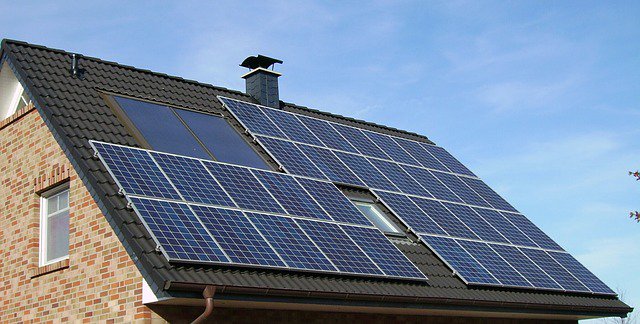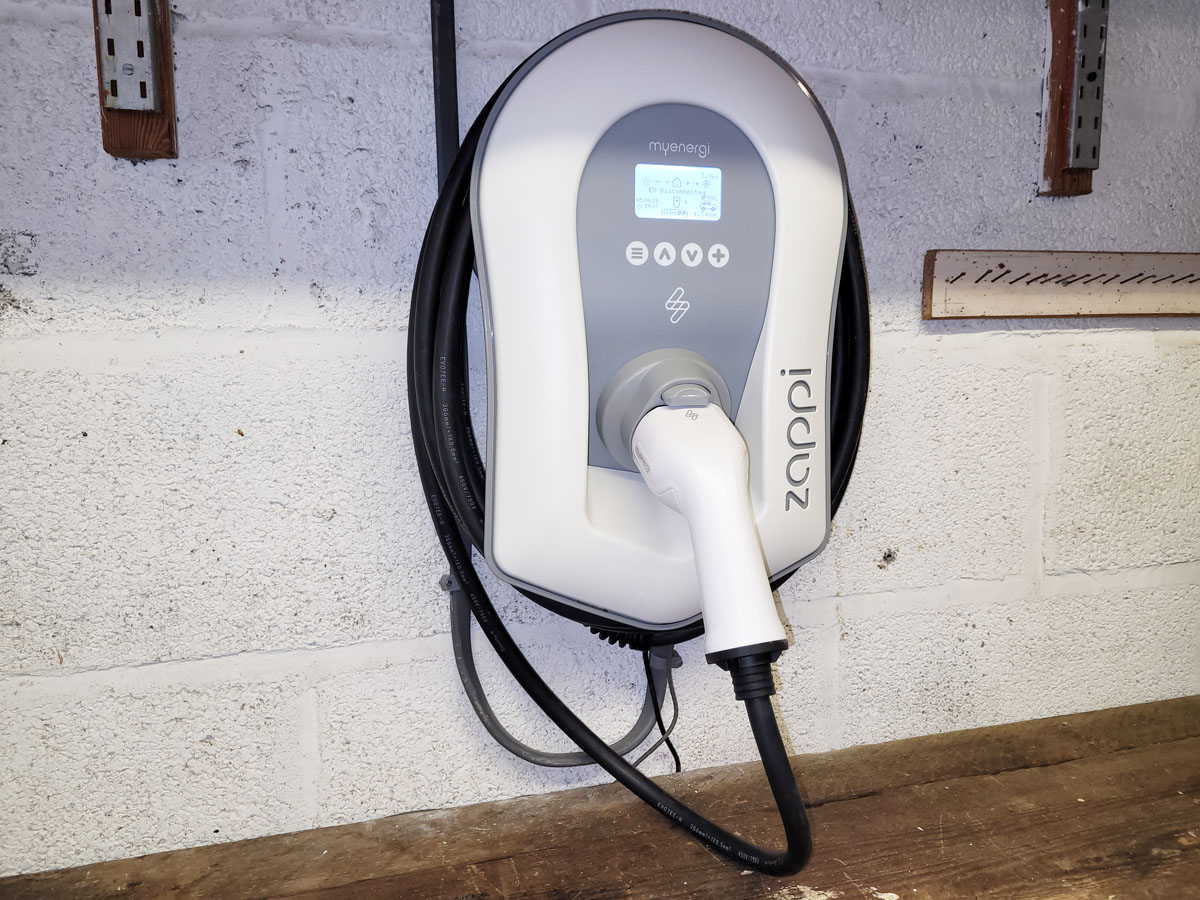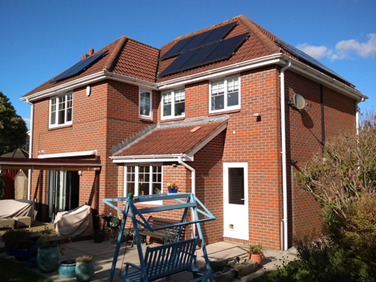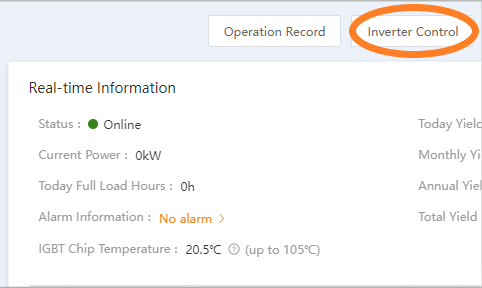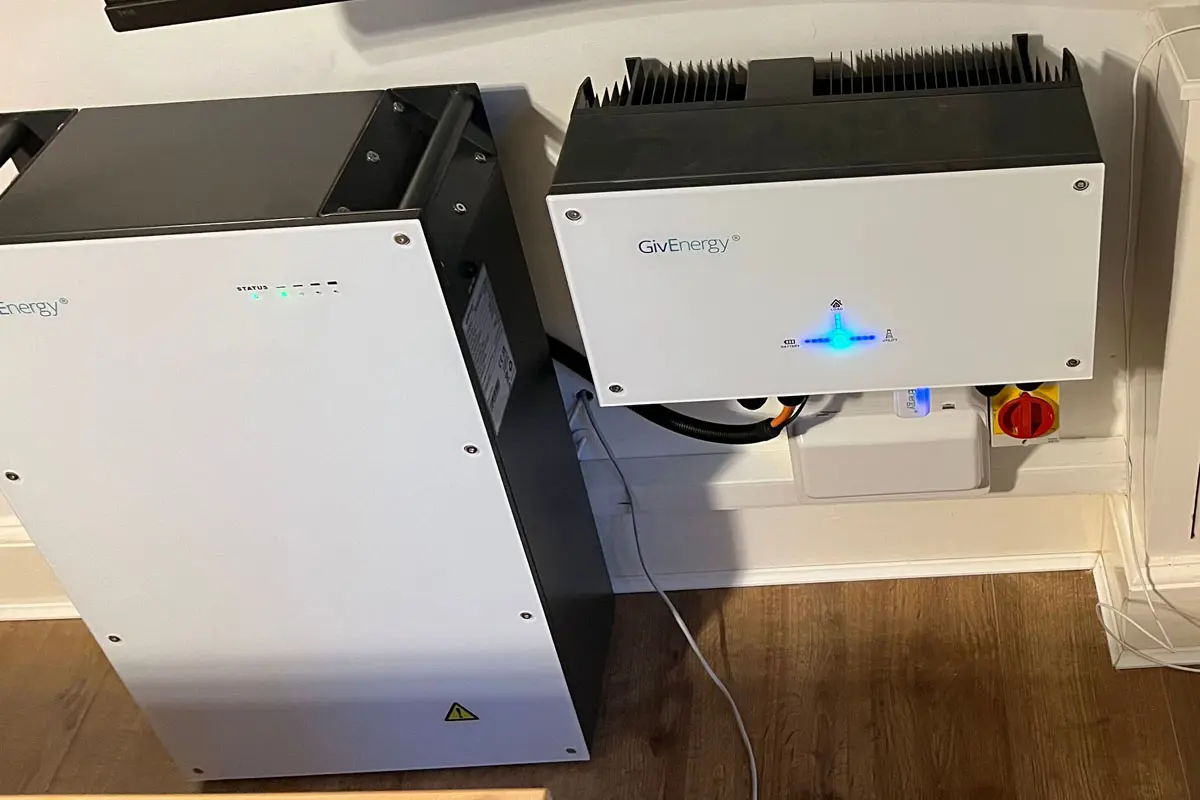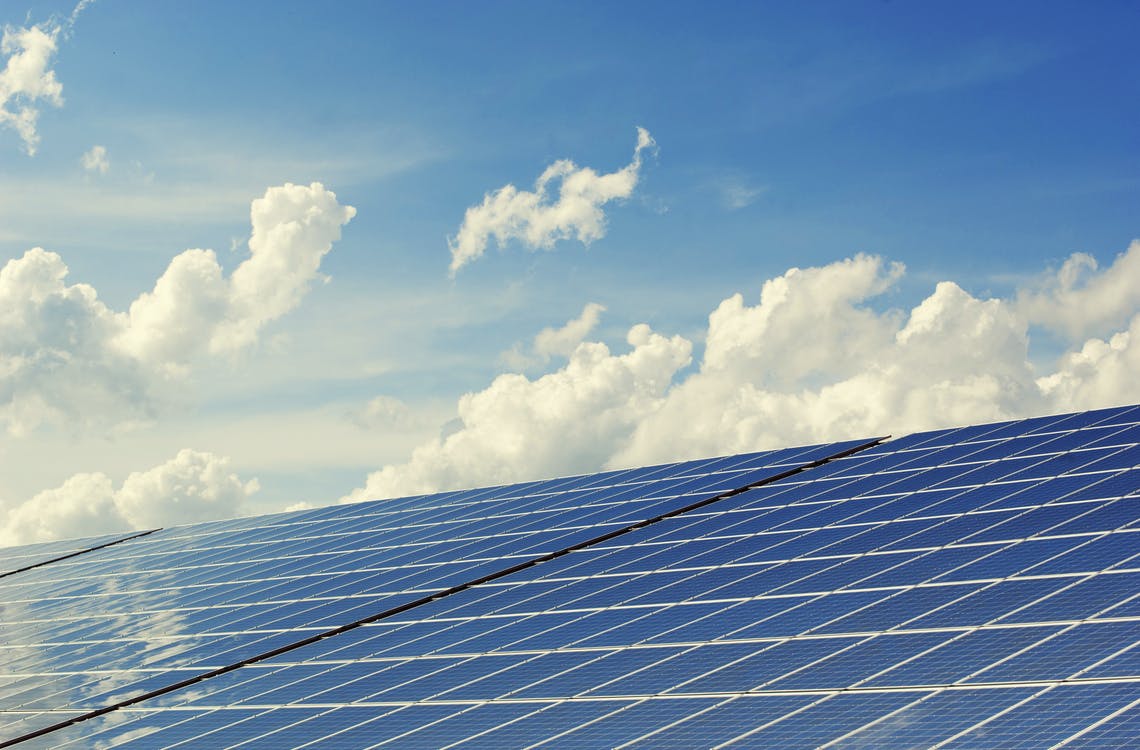EV Batteries Are Perfect For Storing Solar Power
Time shifting is one of the keys to the solar power revolution. It allows renewable energy created during one part of the day to be stored in batteries for use during a different part of the day. Traditionally, those batteries have consisted of new battery cells — either NMC or LFP. But one company in






